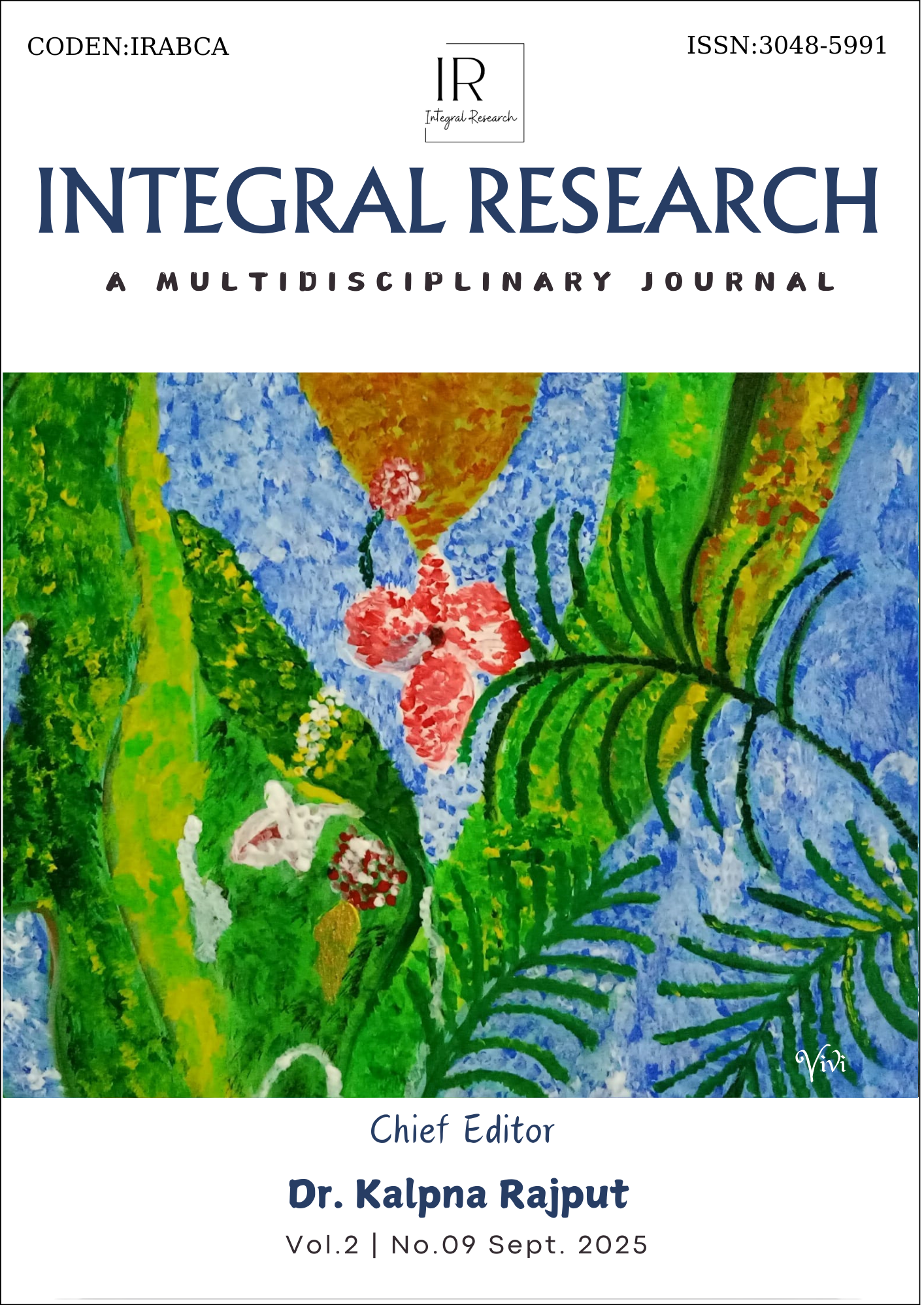A Comparative and Critical Analysis of Major and Minor Sacrifices in Yoruba and Judeo-Christian Religious Practices
Main Article Content
Abstract
This academic study undertakes a meticulous comparative analysis of the theological underpinnings and ritual practices of sacrifice within Yoruba traditional religion and Judeo-Christianity. Moving beyond generalized comparisons, this research focuses specifically on the structural and functional distinctions between major sacrifices (involving blood offerings) and minor sacrifices (involving agricultural products or votive gifts). The primary objective is to identify and evaluate points of convergence and divergence in these practices, which originate from distinct continental contexts—Asia for early Judeo-Christianity and Africa for Yoruba culture.
Through a qualitative methodology grounded in comparative religious studies and textual analysis of key sources, including the Old Testament and ethnographic accounts of Yoruba rituals (Ebo), this investigation addresses a identified gap in the literature. While prior scholarship has often acknowledged a superficial relationship between the two traditions, this paper provides a nuanced exploration of the sacrificial mechanisms themselves.
The analysis reveals that both religious systems, despite their independent development and significant cultural differences, share profound similarities in the application and intended outcomes of sacrificial rites. Major sacrifices in both traditions serve purposes of atonement, propitiation, and communion with the divine, while minor sacrifices commonly express gratitude, fulfill vows, and seek divine favor. The study concludes that the efficacy of these rituals, as perceived by their practitioners, is not diminished by cultural particularities. Instead, Yoruba and Judeo-Christian adherents derive comparable spiritual benefits—including expiation, thanksgiving, and strengthened divine-human relationships—from their respective sacrificial practices. This research contributes to the field of comparative religion by demonstrating how universal religious aspirations are manifested through culturally specific yet functionally analogous ritual forms.
Downloads
Article Details
Section

This work is licensed under a Creative Commons Attribution-NonCommercial 4.0 International License.

